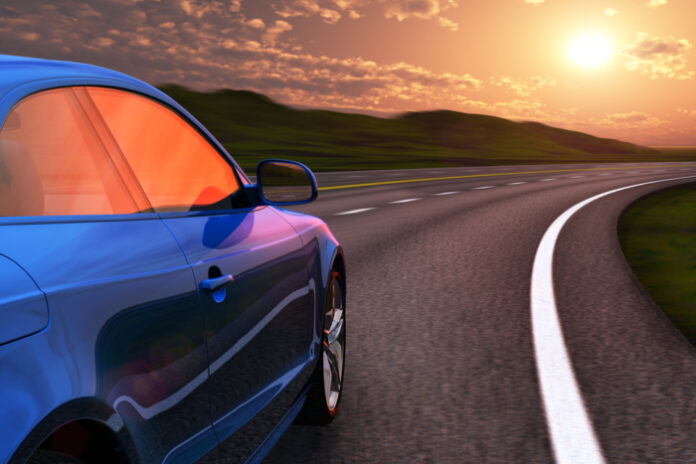Safety is the center point for all motor vehicle advertisements — with manufacturers boasting about the latest technological advancements that improve safety and reduce the risk of accidents altogether. How effective are these highly advertised features, and do they actually stand up to the claims that they make to American consumers? More vehicles are being outfitted with state-of-the-art technology and with that technology comes a higher price tag for those vehicles.
What Are the Key Technological Advancements Manufacturers Implement?
Airbags and antilock brakes used to be the latest technology. They were innovative and one of the major trends among manufacturers looking to bolster safety within their cars. Prior to that, seatbelts were the only means for protecting drivers and passengers. While these advancements are now considered the basic safety standard, they were a necessary advancement in order for manufacturers to work toward the new car features marketed today.
The past few years have seen endless numbers of safety systems being developed and implemented into today’s vehicles. They are designed to actually prevent accidents, instead of simply reacting to a collision (like airbags), even though they might malfunction from time to time. Advancements in safety measures are a crucial feature for businesses related to private transportation, such as driver services. Chauffeur apps provide comfort for passengers but also prioritize the safety of everyone, both drivers and customers.
Some of the latest advancements that have offered buyers more safety include:
- Electronic Stability Control Systems – These electronic systems can control a vehicle’s braking power, torque, and more on one or more wheels. They help keep a vehicle in control and can correct a wide array of driving problems from slippage to oversteering by managing the amount of power each wheel receives.
- Cruise Control – Adaptive cruise control technology relies on radar sensors, which automatically adjust speeds on the freeway to match the speeds of the vehicles in front of the cruising car. Adaptive cruise control technology, while enhancing convenience, may sometimes contribute to a driver’s reduced focus on the road, potentially leading to accidents. In such scenarios, understanding the intricacies of a car accident settlement becomes crucial, as it helps in navigating the legal and financial repercussions of such incidents. This knowledge is essential, especially when determining liability and compensation in accidents involving advanced automotive technologies.
- Blind Spot Detectors – These alert drivers to vehicles hiding in their blind spots. When a vehicle needs to change lanes, they can rely on these blind spot detectors to reduce their risk for collision and know if an object or vehicle sits in their way.
- Lane Departure Systems – These systems monitor the position of the vehicle; if it is moving out of its detected lane, the system will notify the driver.
- Collision Response Systems – These occur prior to the imminent accident and detect and respond quickly — making automatic adjustments to protect the vehicle. Some systems may apply brakes, deploy airbags, move seats back to reduce bodily injury, etc.
- Braking Assists – This technology detects braking patterns and can deploy heavier braking when necessary.
- Airbags – Airbags have improved as well, especially with the addition of curtain and side airbags. These deploy during side-impact collisions and can protect passengers and drivers from glass or debris in the vehicle.
- Backup Cameras – This gives a driver a full view of what is behind them before they back up — including vehicles and pedestrians.
- Forward Collision Warning Systems – These detect the distance between the vehicle and those in front of them. Then, warnings are sounded if the vehicle is getting too close to the one in front — giving the driver time to respond. More advanced systems will also apply the brakes to increase the distance between vehicles.
Advanced Technology Cannot Always Protect Drivers and Passengers
Safety technology can make roads safer, but it cannot thwart drunken drivers, distracted drivers, or even hazardous road conditions. In fact, some systems may encourage bad habits on the road, because drivers may be more reckless when they know that their vehicles will take over for them. The technology itself can also be a distraction — possibly increasing the likelihood of an accident.
Find a Home-Based Business to Start-Up >>> Hundreds of Business Listings.

















































